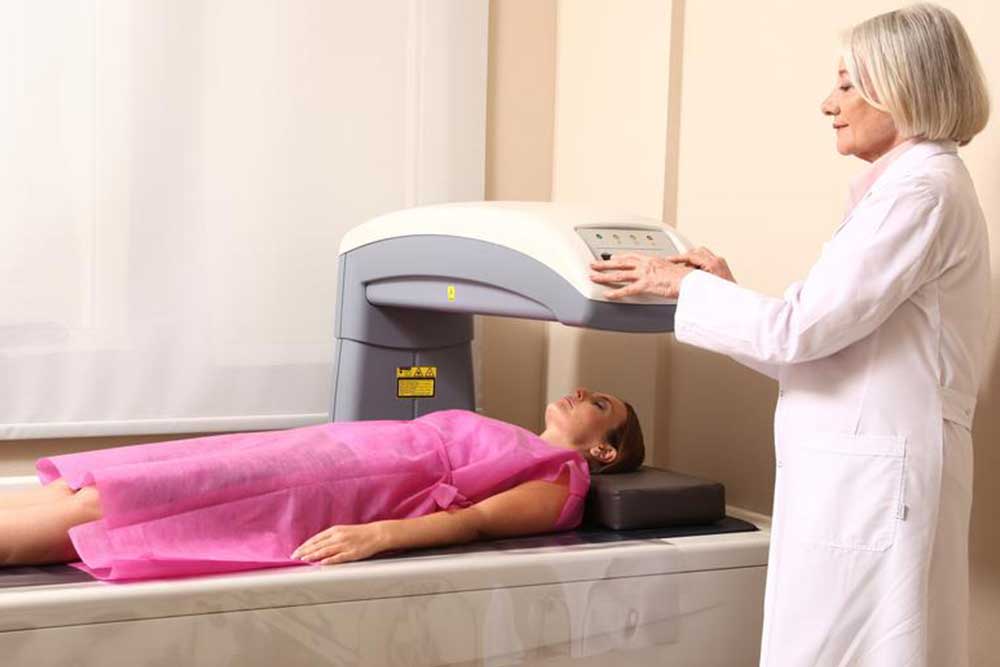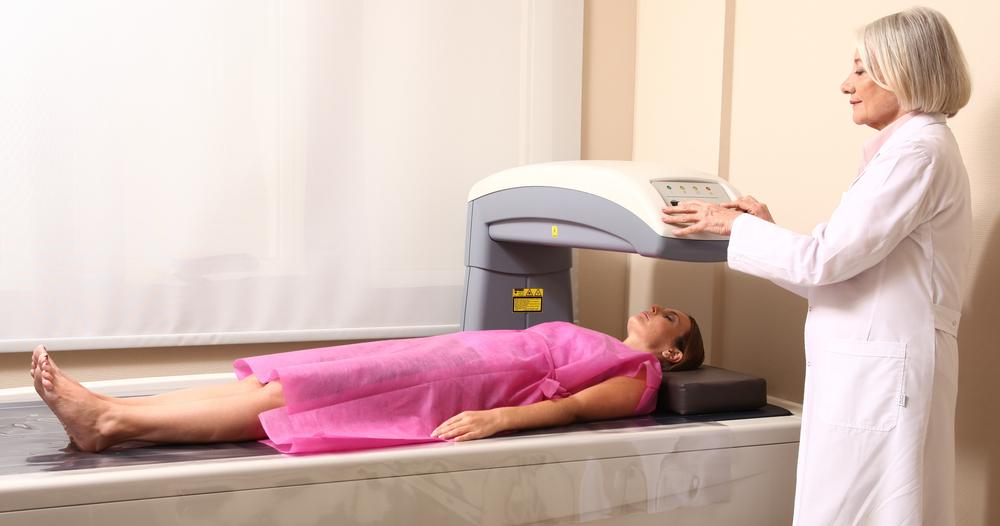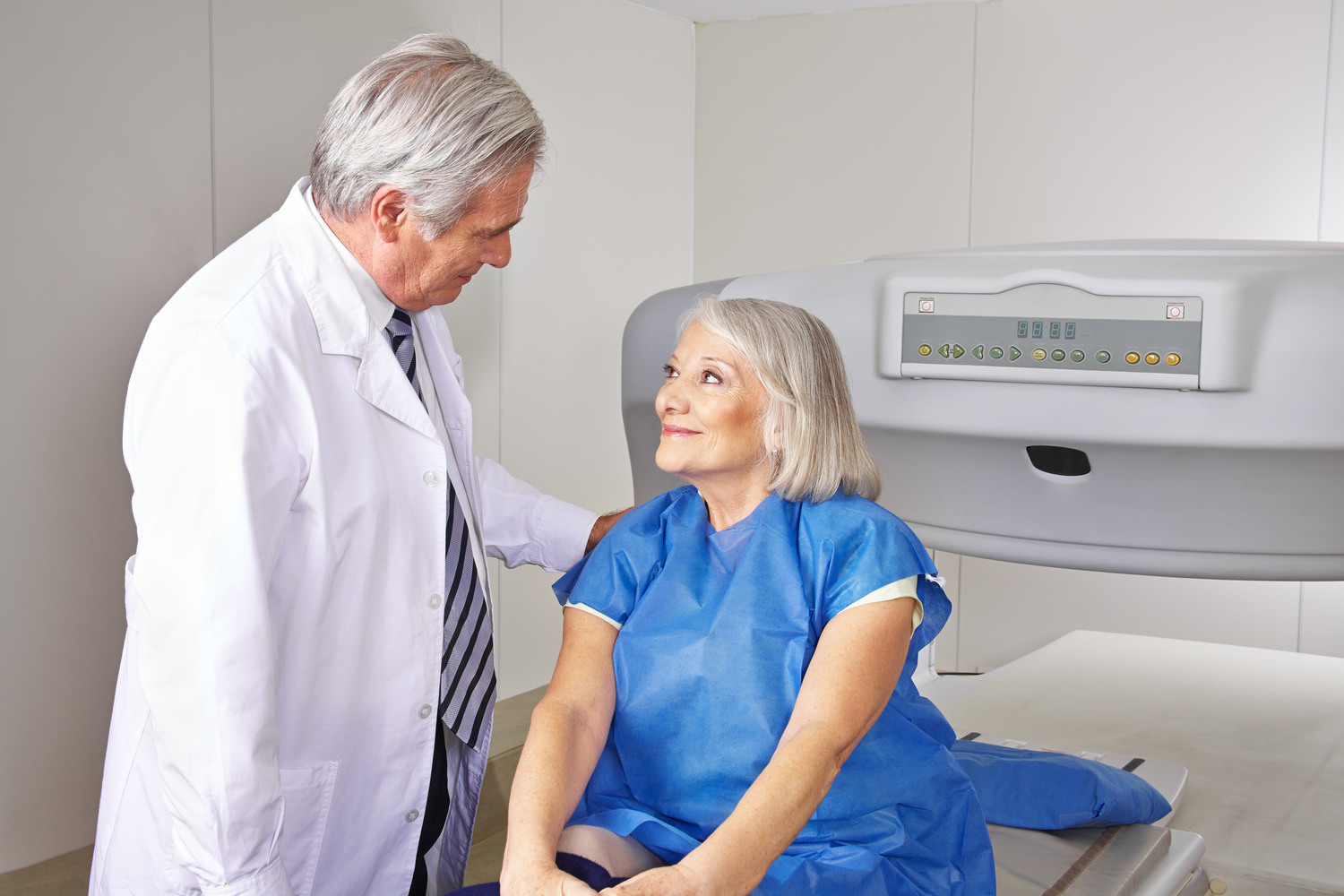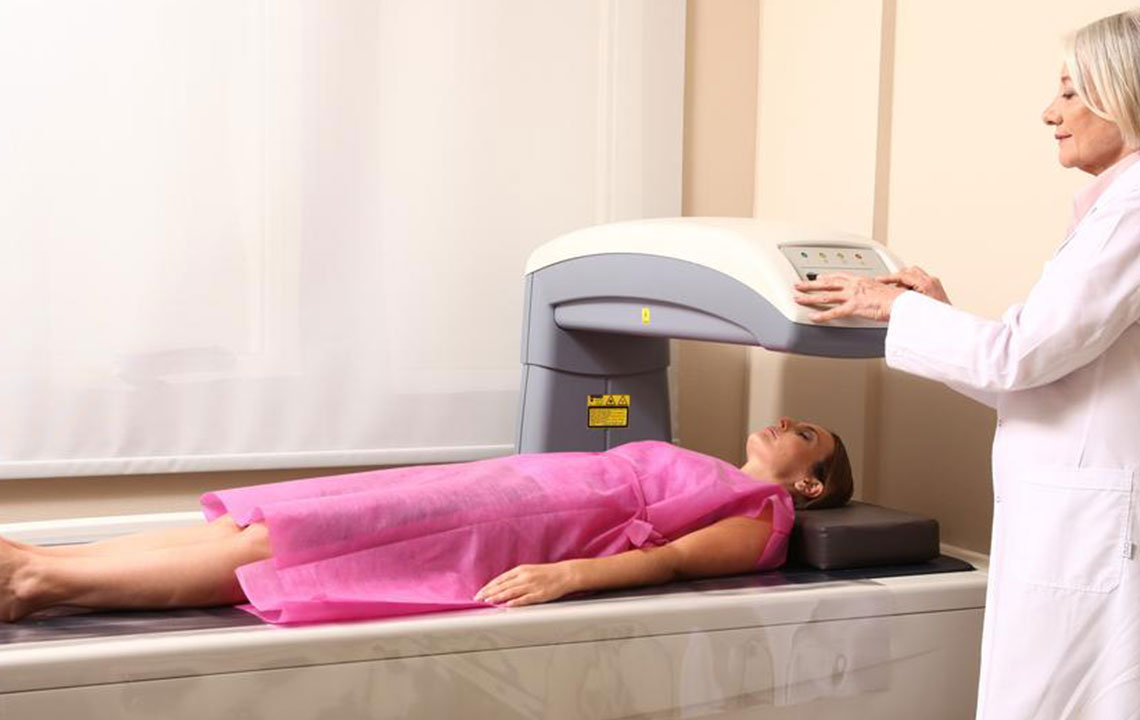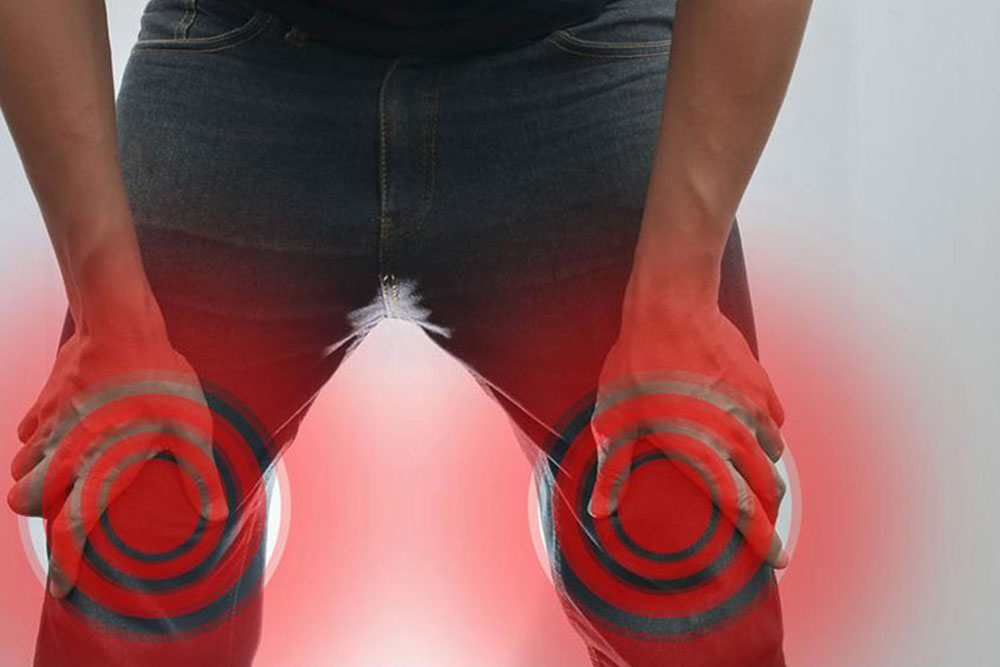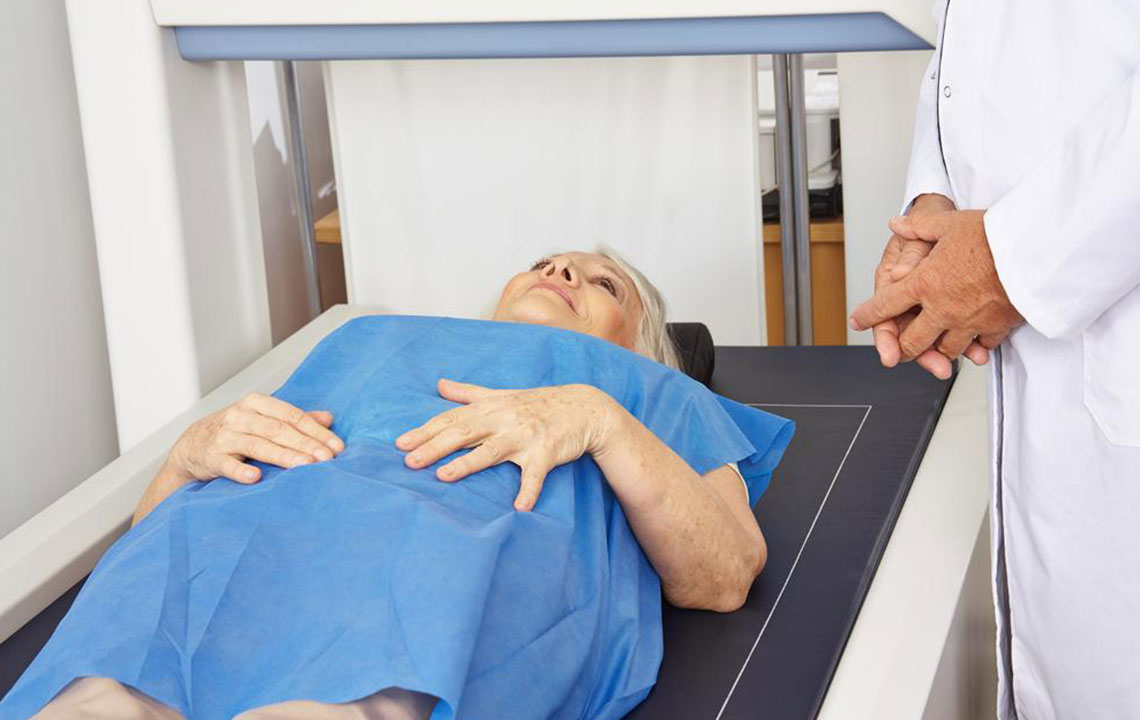Comprehensive Guide to Bone Density Testing for Optimal Skeletal Health
Bone density tests are crucial for assessing skeletal health, especially in aging populations. They help detect osteoporosis early and guide preventive measures. Routine screening, combined with proper nutrition and exercise, supports strong bones and reduces fracture risks. This comprehensive guide highlights the importance of regular bone density assessments for maintaining mobility and improving quality of life as we age.

Comprehensive Guide to Bone Density Testing for Optimal Skeletal Health
As we progress through different stages of life, our bodies undergo various physiological changes, many of which can impact our skeletal integrity. Among these, ensuring strong and healthy bones is vital for maintaining mobility, independence, and overall quality of life. One of the most effective tools to assess bone health is the bone density test, also commonly referred to as the DEXA scan or dual-energy X-ray absorptiometry scan. This advanced diagnostic procedure provides critical insights into bone strength, helps identify early signs of osteoporosis, and guides appropriate preventive or therapeutic measures.
Bone density testing is especially important for aging populations and individuals with specific risk factors. Though not always necessary for younger men under 70 and women under 65, routine screening becomes increasingly relevant as age advances or when risk factors such as family history, lifestyle, or medical conditions are present. Regular screening allows healthcare professionals to monitor bone health over time, enabling early intervention before fractures occur, which can significantly reduce morbidity and enhance quality of life.
The procedure itself is straightforward, non-invasive, and painless. During the test, the patient lies on a specialized table where a low-dose X-ray passes through specific bones, typically targeting areas such as the hips and spine. The machine measures bone mineral density (BMD), which is a key indicator of bone strength. This data helps clinicians diagnose osteoporosis or osteopenia, assess fracture risk, and evaluate the effectiveness of ongoing treatment plans.
Preventative care plays a crucial role in maintaining bone health. Incorporating a balanced diet rich in calcium and vitamin D, engaging in regular weight-bearing and resistance exercises, and avoiding habits detrimental to bone integrity, like smoking and excessive alcohol consumption, are fundamental strategies. For individuals identified with low bone density, lifestyle modifications, dietary improvements, and medication options may be recommended to strengthen bones and prevent fractures.
Beyond individual health, bone density screenings carry significant public health implications. Early detection of osteoporosis can reduce the associated healthcare costs by preventing fractures, which often result in hospitalization and long-term care needs. As research advances, new therapies and improved diagnostic techniques continue to emerge, offering hope for better management of bone-related conditions and enhancing patient outcomes.
In summary, bone density testing is a vital component of preventive healthcare, particularly for aging adults or those with risk factors for osteoporosis. Regular screenings, combined with a healthy diet and active lifestyle, can maintain strong bones and significantly reduce the risk of fractures. Staying proactive about skeletal health ensures better mobility, independence, and overall well-being throughout life.
